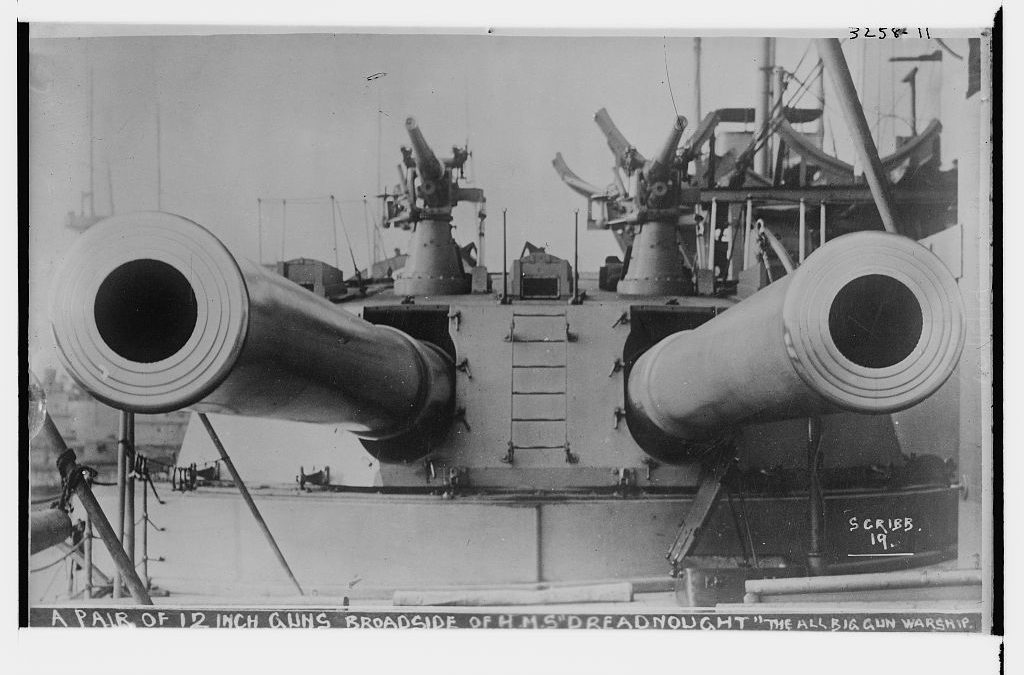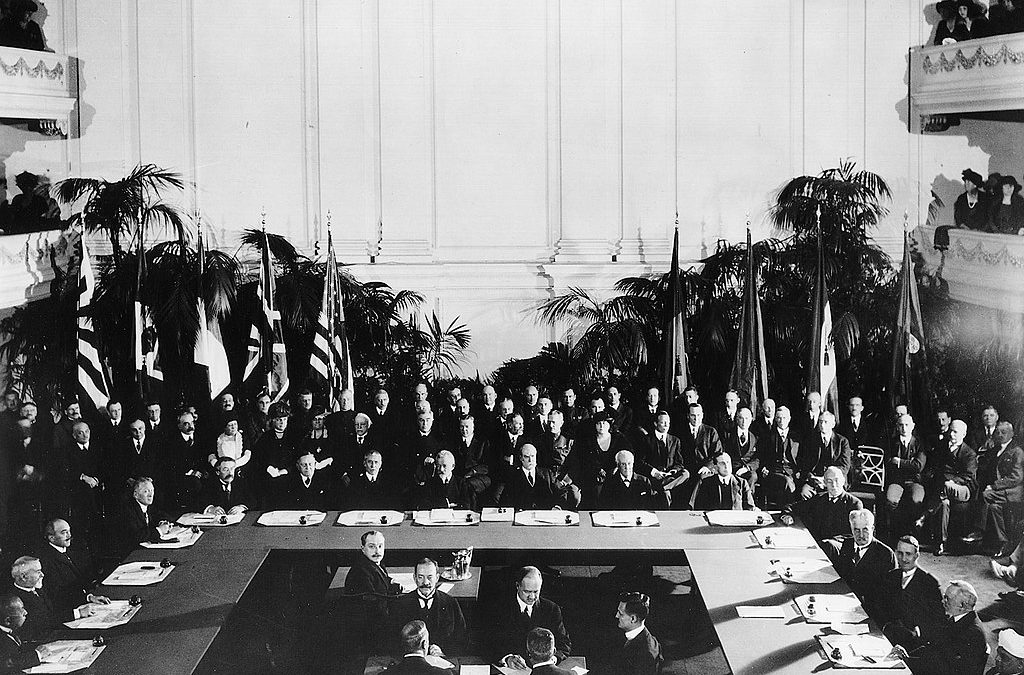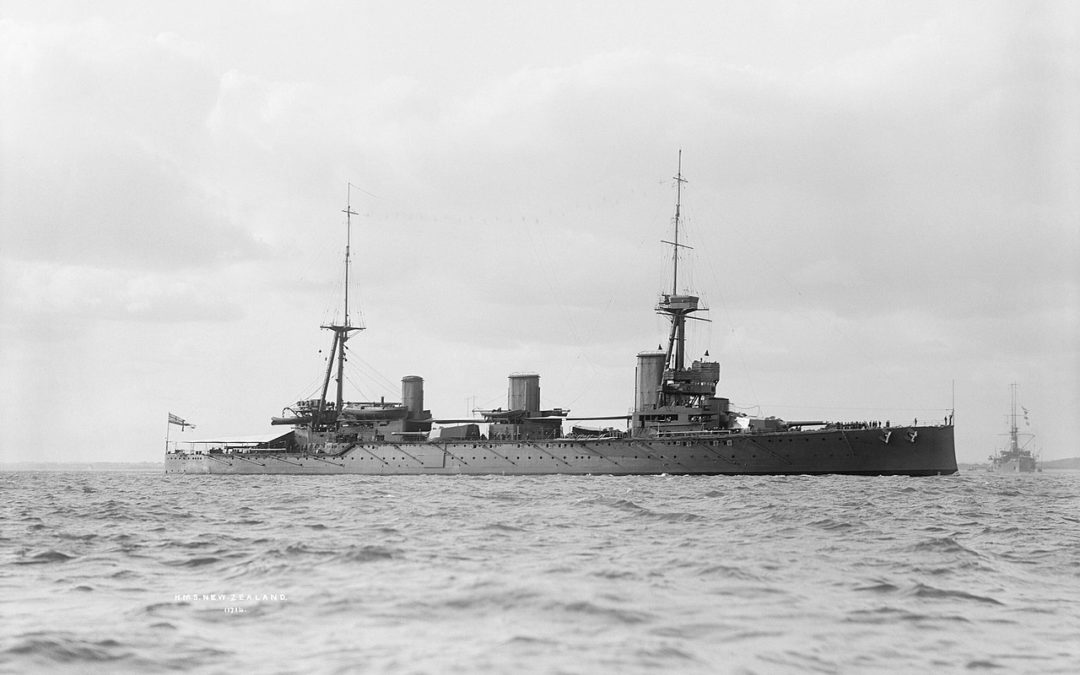
by Matthew Wright | Jul 21, 2023 | History Article
A range of pictures of British battlecruisers in New Zealand waters during the inter-war period have been doing the rounds on social media. Most were taken by professional or semi-pro photographers using high-end equipment of the day. However, the identity of the...

by Matthew Wright | Oct 8, 2022 | History Article
By the early twentieth century one of the problems the British had with their heavy naval guns was that existing gun machinery could not elevate or depress the guns quickly enough to compensate for the roll of the ship. In some conditions the turntables could not...

by Matthew Wright | Jul 19, 2022 | History Article
The naval treaty of 6 February 1922 negotiated in Washington – technically the ‘Five Power Treaty’, but afterwards simply called the ‘Washington Treaty’ – included lists of the ships that signatories were required to dispose of. The longest was British. A...

by Matthew Wright | Apr 26, 2022 | History Article
The term ‘Washington Treaty’ frequently appears in specialist naval books and even general histories of the inter-war period. There is no mistaking the meaning: it refers to the treaty signed on 6 February 1922 between the United States, Britain, Japan, France and...

by Matthew Wright | Apr 11, 2022 | History Article
One of the many myths about the battlecruiser HMS New Zealand – the ship built as a gift from New Zealand to Britain in 1909 – is that she was unaffordable for a small Dominion of just under a million people. In the previous article I showed that this was simply...








Recent Comments